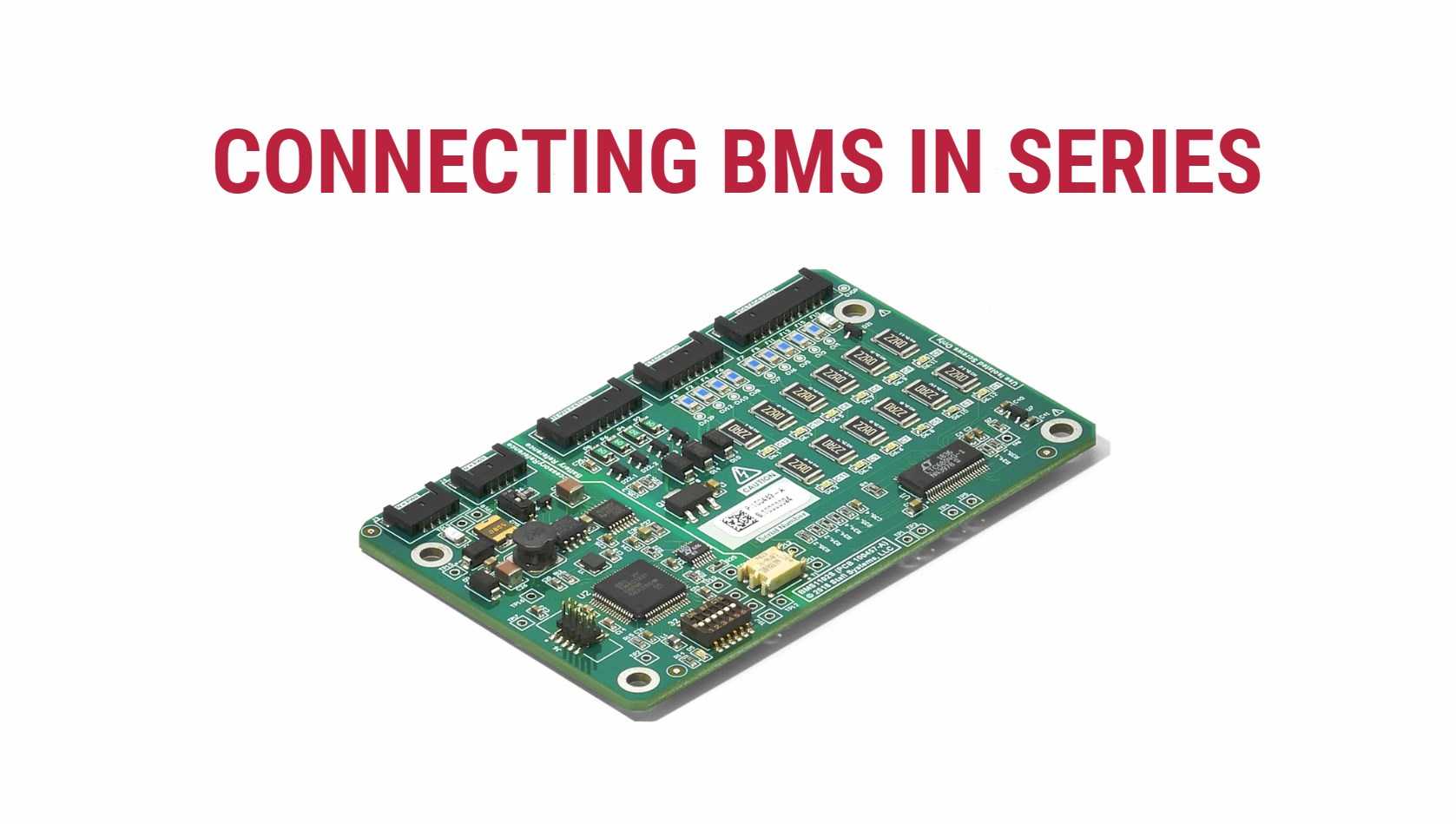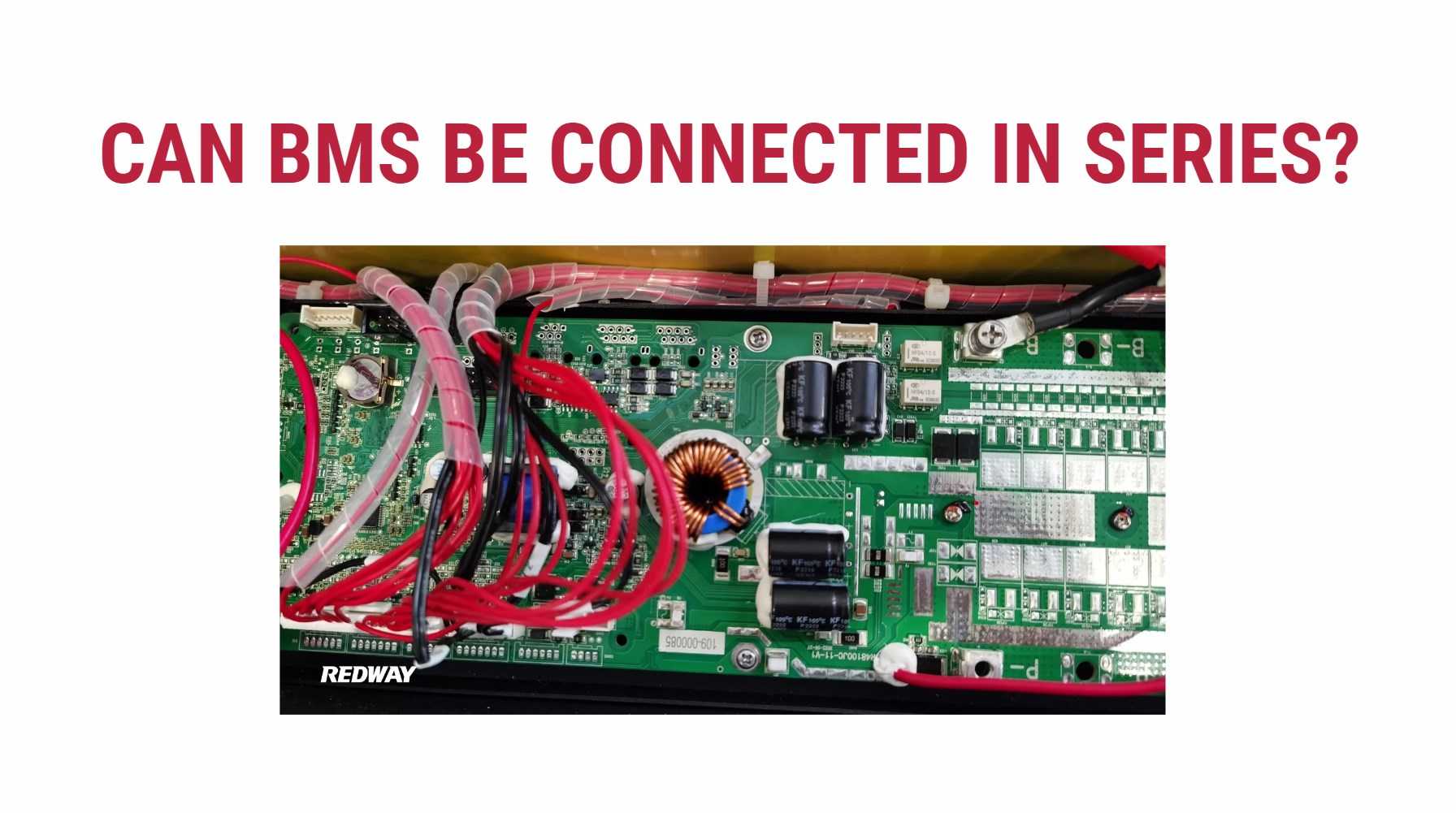In the world of battery management systems (BMS), understanding how to effectively connect and manage multiple batteries is crucial for optimizing performance and safety. One common question arises: Can a Battery Management System (BMS) be connected in series? In this article, we will explore the intricacies of connecting BMS units in series, the implications for battery performance, and best practices for ensuring optimal operation.
Understanding Battery Management Systems (BMS)
A Battery Management System is an essential component in modern battery applications, particularly for lithium-ion batteries like LiFePO4 (Lithium Iron Phosphate). The primary functions of a BMS include:
- Monitoring Voltage and Current: Ensures that each cell operates within safe limits.
- Balancing Cells: Maintains equal charge levels across all cells to enhance lifespan and performance.
- Temperature Control: Prevents overheating by monitoring temperature and adjusting charging/discharging accordingly.
- Safety Protection: Provides safeguards against overcharging, deep discharging, and short circuits.

Connecting BMS in Series: Key Considerations
1. Series Configuration Basics
When batteries are connected in series, the voltage adds up while the capacity remains the same. For example, connecting four 12V batteries in series results in a total voltage of 48V. However, this configuration requires careful consideration when integrating a BMS.
2. Compatibility with Series Connections
Not all BMS units are designed to operate in series configurations. It is essential to choose a BMS specifically rated for series connections. A multi-cell BMS can manage several cells connected in series, ensuring that each cell is monitored and balanced effectively.
3. Voltage Monitoring
When connecting a BMS in series, it must be equipped to monitor the total voltage of all cells combined. This capability allows the system to ensure that no individual cell exceeds its maximum voltage limit during charging or discharging.
4. Cell Balancing
Cell balancing becomes increasingly critical when batteries are connected in series. A good BMS will have built-in balancing features that ensure each cell reaches the same voltage level. This process helps prevent weaker cells from being overcharged or deeply discharged, which can lead to premature failure.
Advantages of Connecting BMS in Series
1. Enhanced Performance Monitoring
Connecting a BMS in series allows for comprehensive monitoring of each cell’s performance. This capability ensures that any discrepancies are quickly identified and addressed, leading to improved overall system efficiency.
2. Improved Safety Features
A properly configured BMS enhances safety by providing real-time data on voltage levels and temperatures across all cells. This information helps prevent dangerous situations such as thermal runaway or overvoltage conditions.
3. Simplified Wiring
Using a single BMS for multiple cells connected in series simplifies wiring requirements compared to using separate units for each battery. This approach reduces complexity and potential points of failure.
Best Practices for Connecting BMS in Series
To ensure optimal performance when connecting a BMS in series, we recommend following these best practices:
1. Select the Right BMS
Choose a BMS designed for your specific battery chemistry and configuration. Ensure it supports the total voltage of your series connection while offering features like cell balancing and temperature monitoring.
2. Ensure Proper Installation
Follow manufacturer guidelines for installation to ensure correct wiring and functionality. Pay special attention to connections between cells and the BMS to prevent any loose or corroded connections.
3. Regular Maintenance Checks
Conduct regular maintenance checks on your battery system to monitor health and performance:
-
Inspect connections for corrosion or wear.
-
Verify that the BMS displays accurate voltage readings.
-
Check temperature sensors for proper operation.
4. Monitor Performance Metrics
Utilize any available software or apps associated with your BMS to monitor performance metrics such as state of charge (SoC), state of health (SoH), and individual cell voltages.
Data Chart: Comparison of Series vs. Parallel Configurations with BMS
| Configuration Type | Total Voltage | Total Capacity | Advantages | Disadvantages |
|---|---|---|---|---|
| Single Battery | 12V | 100Ah | Simple setup | Limited capacity |
| Two Batteries in Series | 24V | 100Ah | Higher voltage | Requires compatible BMS |
| Four Batteries in Series | 48V | 100Ah | Ideal for high-voltage applications | Balancing complexity |
| Four Batteries in Parallel | 12V | 400Ah | Increased capacity | Requires more complex monitoring |
Latest News on Battery Management Systems
As of October 2024, advancements in battery management technology are rapidly evolving, enhancing both performance and safety features:
Innovative Smart BMS Solutions
New smart BMS solutions are being developed with advanced algorithms that optimize energy usage based on real-time data analytics. These systems can adapt charging strategies dynamically based on usage patterns.
Integration with Renewable Energy Systems
The integration of BMS with renewable energy sources such as solar panels is becoming more common, allowing for efficient energy storage solutions that maximize the use of clean energy.
FAQs About Connecting BMS in Series
1. Can I use any BMS with my lithium batteries?
No, it is crucial to select a BMS compatible with your specific battery chemistry and configuration.
2. What happens if I connect a non-compatible BMS?
Using an incompatible BMS can lead to improper monitoring and control, resulting in potential damage to your batteries or safety hazards.
3. How do I know if my BMS supports series connections?
Check the specifications provided by the manufacturer; look for features indicating support for multi-cell configurations and voltage monitoring capabilities.
4. Is it safe to connect multiple batteries without a BMS?
Connecting multiple batteries without a proper management system is highly discouraged due to increased risks related to overcharging, overheating, and imbalanced discharges.
Conclusion: Safely Connecting BMS in Series for Optimal Performance
In conclusion, connecting a Battery Management System (BMS) in series can significantly enhance the performance and safety of lithium battery systems when done correctly. By following best practices such as selecting compatible systems, ensuring proper installation, and conducting regular maintenance checks, we can maximize efficiency while minimizing risks associated with battery management.At Redway Battery, we specialize in manufacturing high-quality lithium LiFePO4 batteries tailored to meet diverse needs across various applications. For quick quotes on custom solutions or wholesale inquiries, feel free to contact us today!




